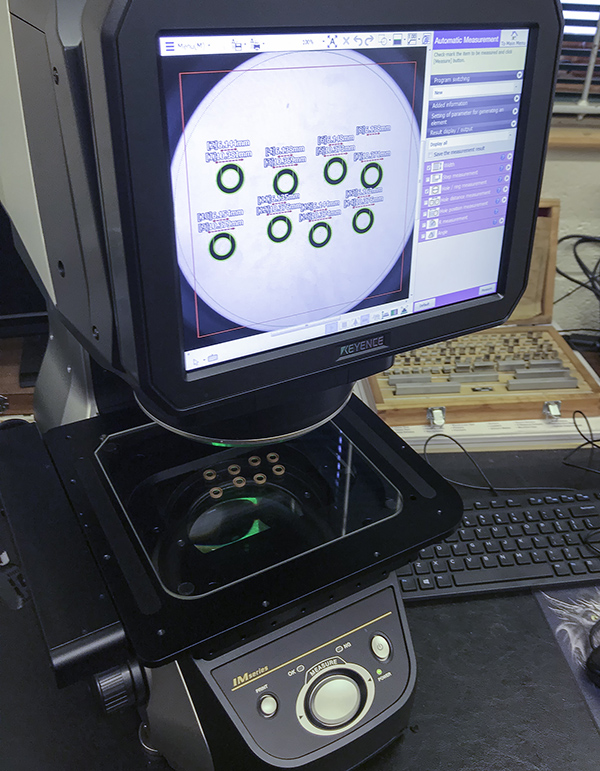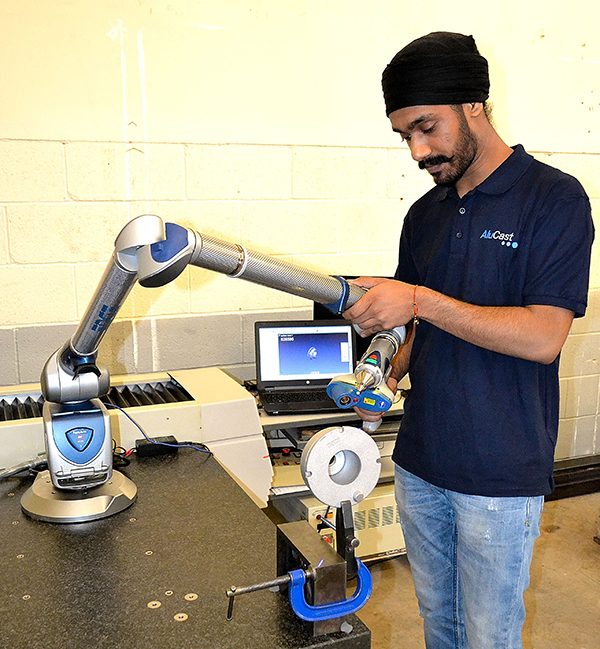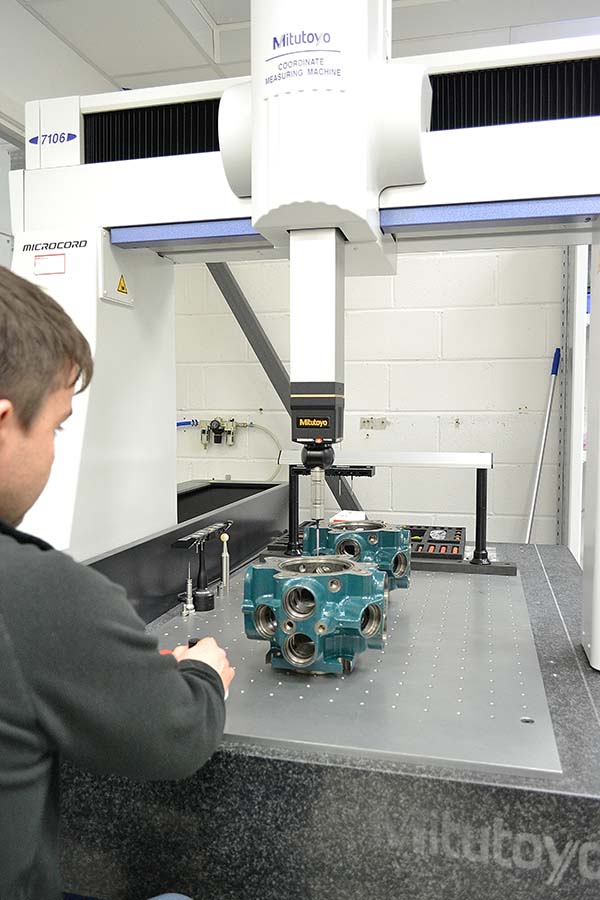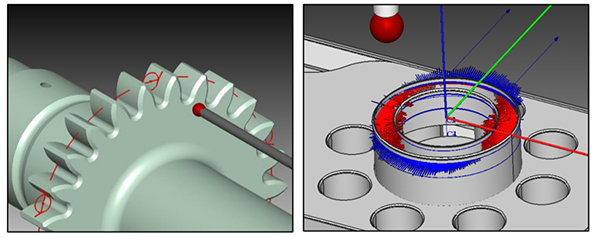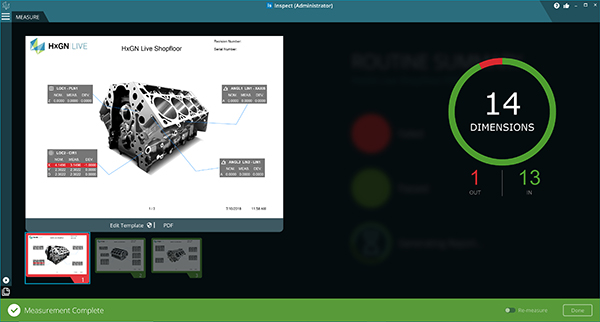The positive news continues to come out of Hertfordshire-based Plastic Turned Parts, with the company making further investment in its processes to ensure smooth workflow as demand increases for its expertise as one of the UK’s foremost exponents of machining plastic workpieces.

As sales continue to increase for Plastic Turned Parts, the need to drive efficiency becomes ever more important. While recent investment in machine tool technology has boosted machining capacity, focus then turned to quality and improving throughput in the inspection department. The result was the decision to purchase a Keyence IM 7020 image dimension measuring system, which will help to improve workflow through the quality control department with its ability to accurately measure width, radius and height dimensions on a range of components quickly, and with minimal manual intervention. The system also automatically records and stores all measurement data as soon as the part is measured. Traceability and efficiency is maintained as inspection reports can be created with a simple push of a button on the system’s interface.
This optical comparator system allows up to 99 dimensions to be measured on up to 99 parts, all within a matter of seconds, and to sub-micron accuracy.
“The system is incredibly easy to use; it’s almost plug and play,” says Jonathan Newis, managing director at Plastic Turned Parts. “We can program it for volume components that are likely to repeat or, it is just as straightforward and versatile when measuring individual parts.”
For further information www.plasticturnedparts.co.uk






